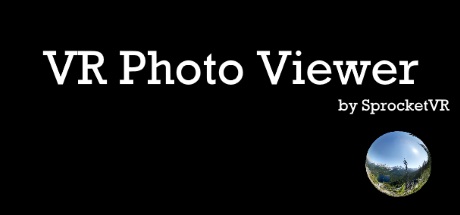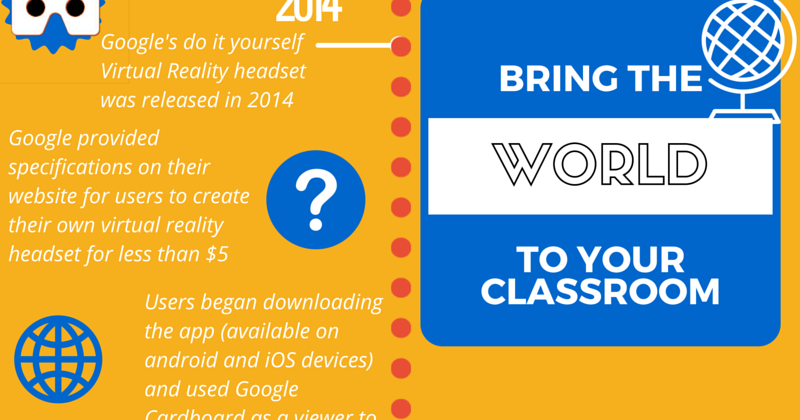

Photosphere cardboard plus#
This included the individual images taken via the Photo Sphere UI, plus the following two files, orientations. I couldn't find the individual images that make up the panorama on my phone, except for what seemed to be temporary files hidden away in a non-user-accessible directory at /Android/data/ 圓d/ files/panorama_sessions/. Cardboard Camera takes undeniably better quaility pictures, in a 360. So it seems that Photo Spheres are entirely self-contained. Image quaility from Photosphere looks equivalent to that of the Samsung Surround mode.
Photosphere cardboard full#
I tried adding this MIME type to the full panorama image on my webserver, but currently there are no Android apps which combine the https scheme with this MIME type, so the Photo Sphere isn't displayed automatically. If you want to accept Photo Sphere images in your own Android apps, you can add the custom MIME type application/360+jpg to the relevant IntentFilter in your app. Google Maps also provides a web service which adds the appropriate XMP metadata to semi-spherical panoramas created manually, so long as you can provide the values for the horizontal and vertical field of view. This format is documented on the Google Developers site. The original JPEG for the above panorama includes the following XMP metadata: In order to display Photo Sphere images correctly, metadata is added to each image. You may then need to click on the sphere icon at the top-left to get the full view. That 360° image (photosphere) should at the very least be embedded into the page and preferably be easily opened in a VR manner such as using Google Cardboard and a smartphone. A recent very-quickly-taken effort of mine (inside the TUI Arena in Hannover) can be opened on the right. I want students to be able to experience a 360° image directly from a webpage. There's a gallery of existing panoramas on Google Maps, for those who wish to upload their own panoramas - though this requires that you enable geo-tagging of your photos beforehand. The panorama is automatically stitched and cropped on the Android device and saved as a single, large JPEG.ĭisplaying these images inside a sphere instead of as a flat panorama is possible on Google+ and Google Maps (and doesn't require Flash!). Supposedly it comes from the Google Street View technology, but the the Android UI for creating panoramas is really simple and quick to use, and produces nice results.

I recently got a Nexus 4 and the panoramic Photo Sphere feature is really nice.


 0 kommentar(er)
0 kommentar(er)
